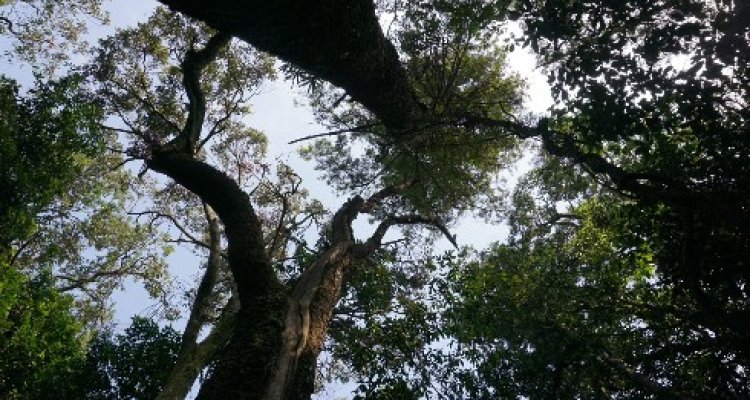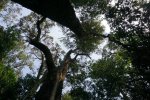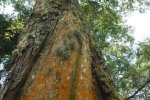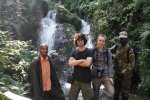
Project
What are the effects of lightning on Central African forests?
Though electrical storms have long been known to impact vegetation, few studies have been conducted in tropical forests and none in Africa. This project aims to investigate how lightning shapes forests in the Albertine Region: we will assess lightning strike sites, quantify lightning-caused damage and measure electrical properties of trees.
Hundreds of millions of lightning strikes reach the earth’s surface each year, killing and damaging an unknown number of trees and other organisms. Lightning strikes reach their highest density in the Albertine Rift, Central Africa, the location of the proposed study. Though electrical storms have long been known to impact vegetation, few systematic studies have been conducted in tropical forests and none in Central Africa. To date it remains unknown how the impacts of lightning are distributed among forest trees and which locations, or tree functional traits, influence the likelihood of a stem being struck or determine the severity of the resulting damage. With the proposed study, I will investigate these aspects and explore how lightning shapes forests in the Albertine Region.
I will identify and assess lightning strike locations, quantify lightning-caused damage and measure electrical properties of trees in Bwindi Impenetrable National Park (Uganda) and Nyungwe National Park (Rwanda). I will (i) investigate how lightning-caused damage distribution varies with terrain (I.e., topography and elevation), and (ii) how tree species and size affect susceptibility to lightning strikes and resulting damage. In the second part of this research, I will use remote sensing data to compare forests across a gradient of lightning frequency in the Albertine Rift Region to (iii) assess how atmospheric electrical phenomena relate to, and may explain, canopy structure, species composition and stand dynamics.


